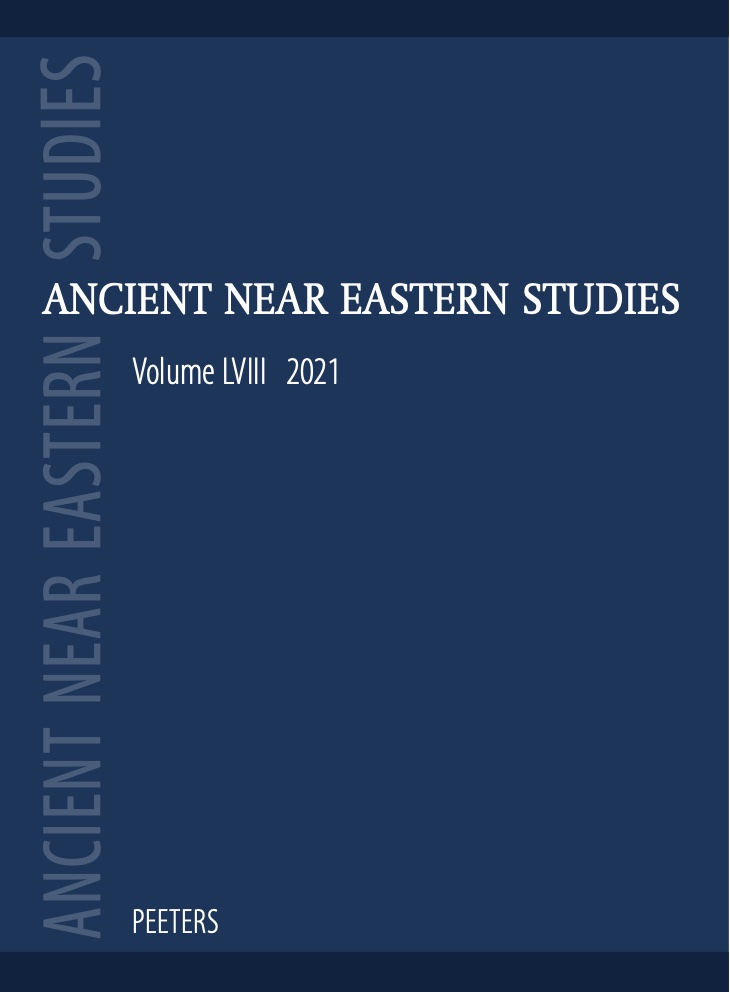 previous article in this issue previous article in this issue | next article in this issue  |

|
Document Details : Title: Why is the Cain Genealogy (Gen. 4:17-24) Integrated into the Book of Genesis? Author(s): AMZALLAG, Nissim Journal: Ancient Near Eastern Studies Volume: 55 Date: 2018 Pages: 23-50 DOI: 10.2143/ANES.55.0.3284682 Abstract : The nature and function of the Cain genealogy (Gen. 4:17-24) are here reconsidered. Instead of a general overview of the fundaments of civilisation, it is shown, through a re-examination of Jabal’s specialty, that the Cain genealogy focuses on the society of Canaanite metalworkers and musicians/poets, the Qenites (= Kenites), and their status as YHWH’s earliest worshippers. This analysis also reveals that the genealogy of Cain preserved the memory of the most important events in the development of copper metallurgy in the southern Levant — the transition from an archaic to an advanced mode of smelting, in the early fourth millennium BCE, and the subsequent specialisation that differentiated producers of copper from producers of metallic implements. These observations suggest that the Cain genealogy constitutes, together with the story of Cain and Abel, a coherent myth of Qenite origin. Consequently, the exposition of the Cain genealogy before and independently of the lineage from Adam to Israel becomes an unexpected feature. It is concluded that this situation stems from the need to demonstrate the Qenites’ identity as the former people of YHWH and to separate them as far as possible from the emergence of YHWH’s new people, Israel. |
|
